For as long as she can remember, Isabella Silvers has despised the taste of cilantro.
The 30-year-old British-Punjabi journalist living in London says the herb has shown up in dishes served at family meals throughout her life – among them naan, dahl and mattar paneer.
“I would have to awkwardly eat around it or pick it out,” Silvers said about the green leaves that are part of the coriander plant and common in the cuisines of India, Mexico, Thailand and Morocco, among many others.
“I can taste even the smallest amount of the fresh herb, and it overpowers any dish I eat,” Silvers said. She sometimes wonders whether people around her think she’s just being dramatic.
“I love meeting other people who can’t stand cilantro as it backs me up that I’m not odd or weird,” Silvers said.
Cilantro is one of many polarizing foods with legions of fans and haters. The list of disliked foods would likely be as long as there are people with opinions, but cilantro is part of an informal subset of more divisive ingredients that often includes mushrooms, olives, blue cheese, mayonnaise and avocado, among others.
Love it or hate it is pretty clear, but the reasons behind what we like and don’t like are not always so straightforward.
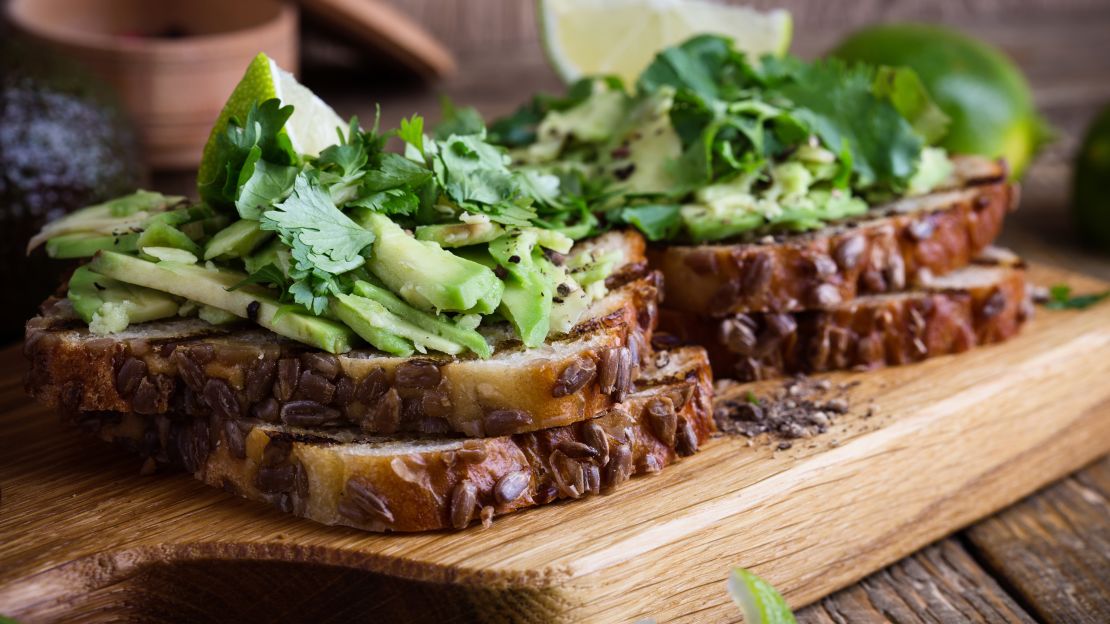
How you perceive food flavor has much to do with smell
Cilantro is a common food villain that people tend to either adore or revile, and it can come down to genetics.
“It usually has to do with the odor,” said Julie Mennella, a biopsychologist at the Monell Chemical Senses Center in Philadelphia, explaining that scientists looked at olfactory receptors and discovered that individuals with a certain gene, OR6A2, are more sensitive to smelling cilantro.
That, in turn, affects how people perceive its flavor, which many report has a soapiness to it.
“Our language is really limited when we say food tastes a certain way,” Mennella explained. “It’s actually your sense of smell that allows you to distinguish between something like strawberry and cherry Jell-O.”
And it all comes down to something called volatiles, says Linda Bartoshuk, an experimental psychologist and professor of food science at the University of Florida.
Volatiles refer to chemicals evaporated into the air that are part of the retronasal olfaction process that produces flavor, Bartoshuk says. This happens when smells make their way to the back of your nose from inside your mouth as you eat.
To understand them, you have to understand the difference between flavor and taste.
Taste is a very simple sense that can be broken down into the basic qualities of sweet, salty, sour and bitter, Bartoshuk says.
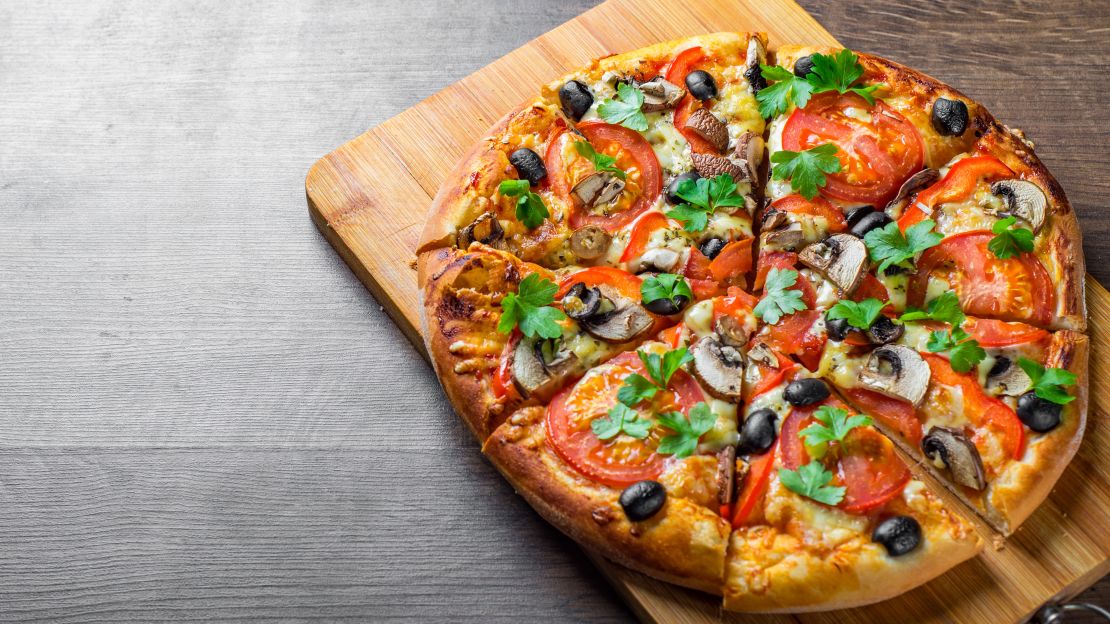
The biology of taste
And taste biology is the same among all humans.
“We like sweet and hate bitter,” Bartoshuk said, and the biological reasons for that are hardwired into our brains.
Newborn babies like sweet tastes and not bitter ones, Bartoshuk says, since bitter things can indicate poison. “Not liking them is a built-in defense mechanism.”
Genetic variation also comes into play when it comes to genes that let us sense bitter things, and some people may be more sensitive than others to bitterness, she says.
“Supertasters are people who experience particularly intense tastes, a category of genetic variations,” she says. And the intensity of bitter that a person experiences can certainly affect their preference for the related food.
But how sensitive you are to sweetness or bitterness doesn’t always relate to whether you like a food or not, says Mennella.
“You may taste cruciferous vegetables as more bitter, but that doesn’t mean you can’t grow to like them,” she said. “A little salt and sugar go a long way in reducing the bitterness; it’s really the rules of cuisine.”
When it comes to sensing flavor, your olfactory system is doing the work.
When volatiles enter your mouth, their compounds evaporate in the air and move up the back of your nose – the retronasal olfaction process that helps you perceive flavor.
“Flavor has different properties than taste,” Bartoshuk said.
And while taste is hard-wired, olfaction or odor – which can include an endless range of aromas, from chocolate and vanilla to rotting odors and the smell of blue cheese – is something you have to learn to like.
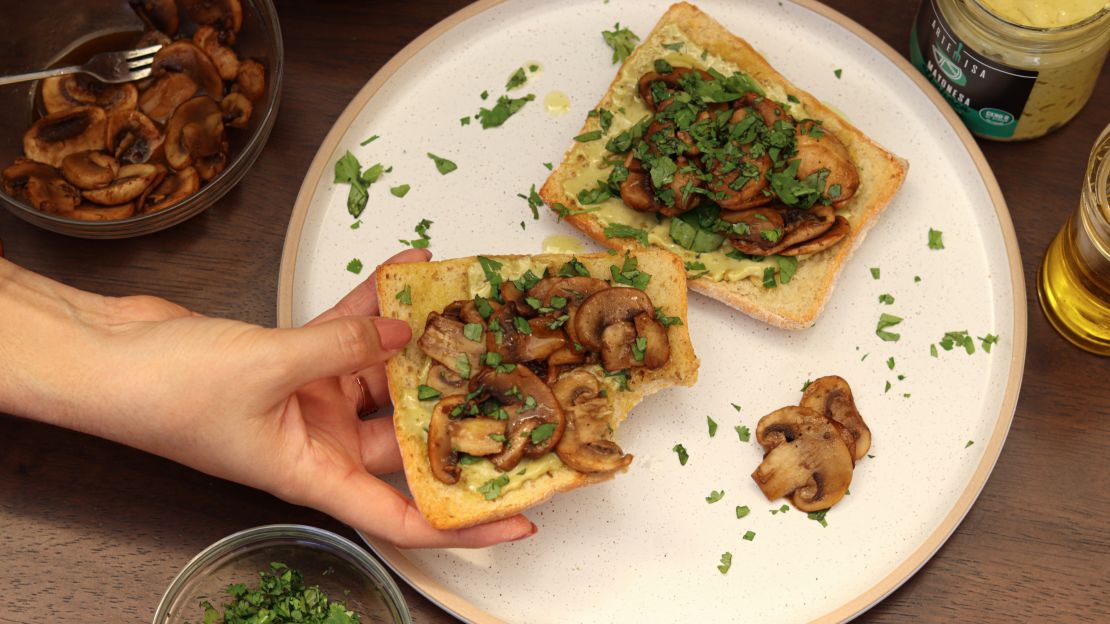
‘Your biology is not your destiny’
So can someone learn to like a food they’ve long detested?
Mennella says it’s entirely possible.
“Your biology is not your destiny,” she said. “Not to say genetics aren’t important. But when you’re an omnivore and open to these foods, you learn to like what you eat.”
And, perhaps as a surprise to some parents, kids are particularly adaptable when it comes to learning to like new foods, says Mennella. Research has shown that after giving a child from eight to 10 tastes of a food, they will become more accepting of it, she said.
Even people who hate cilantro may be able to learn to at least tolerate it, if not like it.
Eric Ginsburg, 35, a food writer in Raleigh, North Carolina, said he often encounters cilantro in meals and that it has always tasted soapy to him and everyone in his immediate family, including his sister and parents.
“Think unscented hand soap,” he said. “The stems seem to offer particularly concentrated flavor.”
But over time and through exposure, Ginsburg said he’s built up his tolerance to the herb.
“Cilantro still tastes off to me, but it doesn’t bother me as much as it used to,” he said.
He grew more accustomed to it in a similar way that he learned to like beer, which he “couldn’t believe anyone would drink voluntarily, or for fun” when he first tried it.
“Small amounts of cilantro, especially in a curry or other dish where it’s been cooked or blended, don’t bother me anymore,” he said.
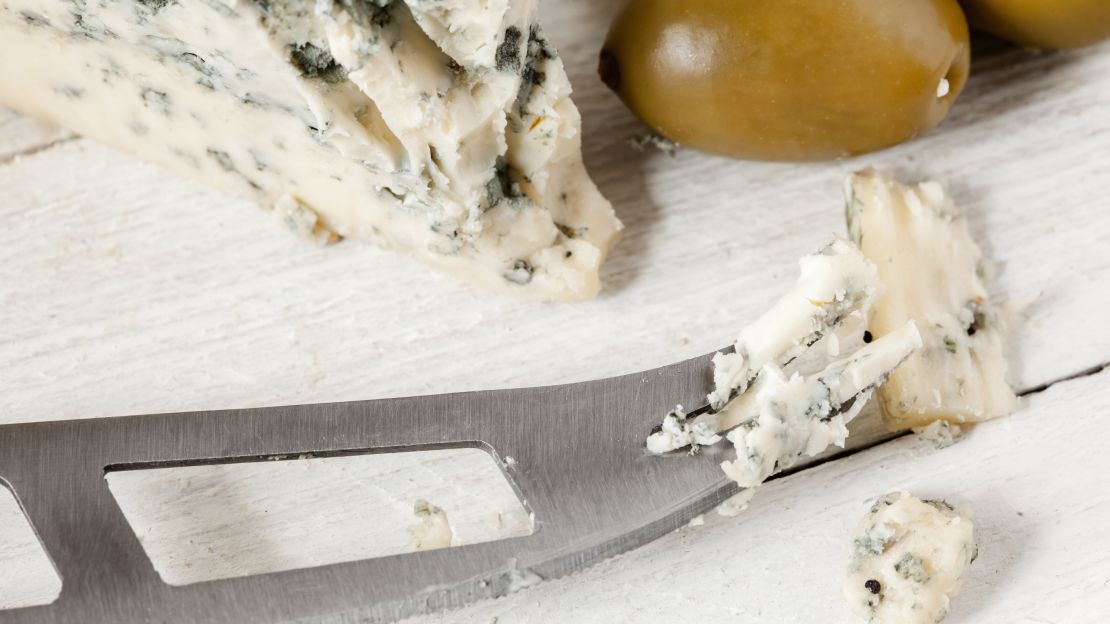
Bad experiences often stick
While preferences can be conditioned, usually after a few trials, Bartoshuk says negative experiences with foods – especially when you’re young – can have a lasting effect.
“Mostly, you learn to like and dislike food based on your body and what happens after you eat it,” Bartoshuk said. “But associations can make you like or not like something, too.”
When it comes to food aversions, just one bad experience or association can turn you off from something for life, she said.
Jasmine Robinson, 29, from Long Island, New York, said she was never really exposed to olives on the dinner table growing up, but has bad memories of them from when she was young. Another child, who wouldn’t let her have a turn on a swing, would mock her while eating olives from a jar and being “condescending and mean,” Robinson said.
“I just remember the smell of the pickling juice and the sound of her lips smacking around them; I have a cold sweat just thinking about it now,” said Robinson. She later tried olives as an adult, but the damage was already done.
“(They were) chewy and slimy and smelly and just a shade of green that wasn’t OK,” she said.
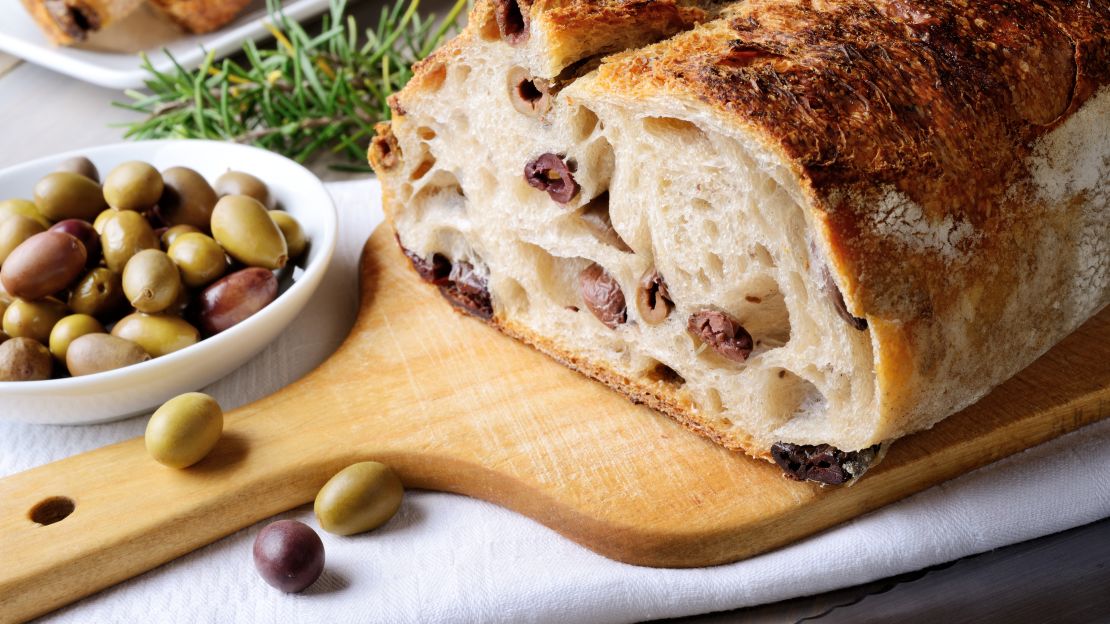
Culture plays a big role in what you like
Flavor and food preferences vary across cultures, too, but it has to do with familiarity and not biology. And there will always be outliers – a Greek person who can’t stand olives, for example, or a Dutch person who hates cheese.
“I would never eat a sandwich with just cheese like all the Dutch people do, because I don’t like the smell of it,” said Hilde Kievit, 48, from Leusden in the Netherlands. “And French blue cheeses are the worst.”
“Every culture has something that’s considered disgusting in other cultures,” said Paul Rozin, a professor of psychology at the University of Pennsylvania.
There are many anecdotal examples, but the odoriferous durian fruit, banned in some public places in Asia, comes to mind. See also: Surströmming, a salted and fermented Baltic herring with a disarming odor that’s eaten in Sweden.
Australia’s beloved vegemite (a tar-colored spread made from brewer’s yeast) and the American penchant to put marshmallows atop sweet potato pies can come off as utterly revolting to people not familiar with them – not to mention those of us who are.
And while chocolate is something that has far more universal admirers than haters, said Rozin, it’s naturally bitter when it comes off the bean.
“It’s a human-created food created for humans to love,” he said. “We add the sugar, we add the milk, we build the aroma up.”
Bartoshuk says it’s unsurprising that the flavors we like and dislike vary as much as they do.
“Some of it is biological, and some of it is learned,” she said. “And when you put it all together, looking at all the variability there, why wouldn’t you have people liking and disliking things?”
When it comes down to food preferences in different parts of the world, Mennella said, it has a lot to do with what’s available and considered a food staple. And that could mean okra in India and tamarind and durian in parts of Asia as easily as fermented fish in Scandinavia and yuca in Cuba.
“You can appreciate how personal the taste experience is, because we are all living in different sensory worlds,” she said.
“Where we differ is our experiences and the values that are placed on these foods – including the cost, the teachings of how they’re cooked and the availability.”
Top image: Aloo tikki served with cilantro chutney (vm2002/Adobe Stock)



